Top categories
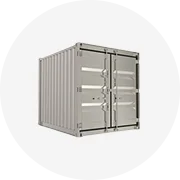
Containers
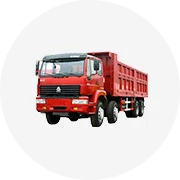
Truck
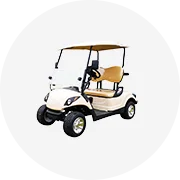
Golf Carts
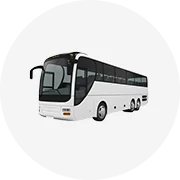
Bus
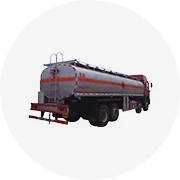
Special Transportation

New Energy Vehicles
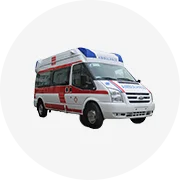
Emergency Vehicles
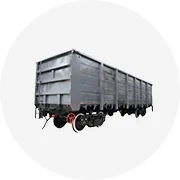
Train Carriage
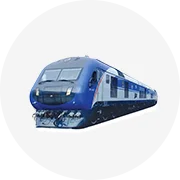
Locomotive
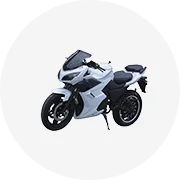
Motorcycles & Scooters
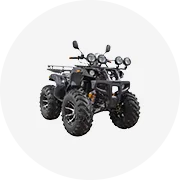
ATVs & UTVs

Automotives
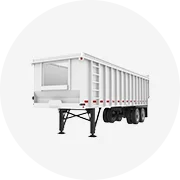
Trailers
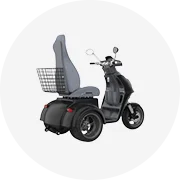
Tricycles
About products and suppliers
Understanding Diesel Utility Terrain Vehicle (UTV)
Known as UTVs or side-by-side vehicles, Diesel Utility Terrain Vehicles are a sturdy and adaptable class of off-road transport crafted to tackle the most demanding terrains. Designed for various tasks, from navigating rugged landscapes to transporting heavy loads in areas inaccessible to standard vehicles, UTVs play a vital role in industries like agriculture, construction, forestry, and recreation where effective off-road operation is essential.
The foundation of UTVs lies in their design, featuring characteristics like high ground clearance, powerful engines, and advanced suspension systems to absorb shocks and ensure a smooth ride on uneven surfaces. Additionally, UTVs are furnished with steering systems that provide precise control, enabling operators to navigate tight spaces and maintain stability on slopes. Their capacity to switch between two-wheel drive (2WD) and four-wheel drive (4WD) grants them the versatility to manage different terrains and tasks.
Beyond their utilitarian functions, UTVs also double as recreational vehicles for outdoor enthusiasts seeking off-road adventures. Whether employed for transporting equipment across a farm, maneuvering through construction sites, or simply exploring the outdoors, UTVs offer a dependable mode of transportation that caters to both professional obligations and personal interests.
Varieties of Diesel Utility Terrain Vehicles (UTV)
The market presents a range of Diesel UTV types, each tailored to specific tasks and preferences:
-
Utility UTVs: Primarily used for work-related activities such as hauling and towing, these UTVs feature a cargo bed, often with a dump function, and find application across diverse industries including construction and agriculture.
-
Performance UTVs: Geared towards individuals seeking a more potent ride, these models boast larger engines and are optimized for performance, suitable for both work and leisure purposes.
-
Multi-Passenger UTVs: Designed to accommodate more than two passengers, these UTVs are available in both utility and performance variants, commonly used in family settings or by tour operators for group transportation.
-
Electric UTVs: Although most UTVs run on diesel engines, there are electric alternatives appealing to environmentally conscious buyers. These vehicles offer zero tailpipe emissions and reduced maintenance costs owing to their simpler drivetrain.
-
Specialty UTVs: Certain UTVs are equipped with specific features tailored for specialized tasks or environments. For example, there are UTVs designed for off-road driving, while others cater to demanding conditions like mining or forestry.
Factors to Consider When Choosing a Diesel Utility Terrain Vehicle (UTV)
When selecting a Diesel Utility Terrain Vehicle (UTV) for business purposes, crucial factors to contemplate include the vehicle's intended use case, performance prerequisites, and the specific requirements of your clientele. For instance:
-
Capacity: Depending on whether the UTV will be utilized for transporting goods, individuals, or heavy-duty tasks, the required capacity will vary. It is essential to select one with a suitable load rating.
-
Engine Type and Displacement: The engine type (4-stroke or 2-stroke) and displacement (measured in cubic centimeters or cc) impact the vehicle's performance and durability. Matching the engine type and displacement to the necessary power output and torque characteristics is advisable.
-
Transmission Type: The type of transmission—be it CVT, chain, manual, automatic, or semi-automatic—affects how power is transmitted to the wheels. A CVT (Continuously Variable Transmission) offers seamless acceleration and user-friendliness, while a manual transmission provides greater control over gear selection.
-
Differential Lock: In challenging terrains where traction is vital, opting for a UTV with a differential lock feature that engages when required to ensure optimal grip is recommended.
-
Brake System: The braking system is a critical safety component. Hydraulic disc brakes deliver reliable stopping power and are preferred over other systems like four disc brakes or chain setups.
-
Applicable Industries: Confirming that the UTV aligns with your industry's demands—whether in construction, agriculture, or machinery repair shops—ensures optimal performance and efficiency.
Businesses procuring UTVs on Alibaba.com should explore tailored support options such as OEM or ODM if specialized branding or design considerations are necessary.
Diesel Utility Terrain Vehicle (UTV) on Alibaba.com
Alibaba.com emerges as a pivotal resource for businesses seeking dependable Diesel Utility Terrain Vehicles (UTVs). With a wide array of options available from suppliers worldwide, Alibaba.com streamlines the process of discovering vehicles that meet specific commercial needs, whether for agriculture, construction, landscaping, or any industry requiring efficient transportation solutions.
The platform's dedication to linking buyers with high-caliber suppliers ensures that businesses can find vehicles aligning with their standards for performance and reliability without the need to sift through numerous options independently. Additionally, Alibaba.com's Trade Assurance service provides assurance by safeguarding payments until delivery confirmation.
Catering predominantly to B2B transactions, businesses can leverage Alibaba.com's global reach and extensive selection to procure vehicles enhancing their operational capabilities. Whether seeking a standard utility model or a customized terrain vehicle with specialized attachments, Alibaba.com offers an accessible platform for businesses to efficiently source what they require to thrive in today's competitive market.
Frequently Asked Questions about Diesel Utility Terrain Vehicles (UTV)
What distinguishes a UTV from an ATV?
UTVs, designed for off-road use, typically feature side-by-side seating, a steering wheel, fully enclosed cab, and a roll cage, making them more suitable for work and recreational activities on rough terrains. In contrast, ATVs are smaller, more maneuverable, and characterized by a more open design, making them better suited for leisure riding and lighter work tasks on flat surfaces.
How does the engine type impact a UTV's performance?
The engine type, whether gas or diesel, dictates the power, speed, and torque of the UTV. Gas engines generally offer more power, while diesel engines are renowned for their durability and fuel efficiency.
What factors should be considered when selecting the transmission type for a UTV?
When choosing a transmission type, the terrain the UTV will operate on should be taken into account. CVT transmissions excel in varying speeds and terrains, while manual transmissions provide enhanced control and are better suited for situations requiring precise gear selection.
How crucial is the differential lock feature in a UTV?
A differential lock is vital in scenarios where maintaining traction on uneven terrain is essential. By preventing individual wheels from spinning independently, it enhances traction and control on rough roads or when navigating challenging terrains.
What are the benefits of a fully automatic transmission in a UTV?
Fully automatic transmissions enhance user-friendliness, particularly in stop-and-go situations or during constant-speed cruising over long distances. Additionally, they reduce wear on the drivetrain by minimizing manual gear changes.
How does seating capacity influence the selection of a UTV for business purposes?
Seating capacity determines the number of passengers or workers the UTV can transport at once. For tasks involving transportation, a model with ample seating can be advantageous, while a two-seater model may suffice for utility-focused operations.
What maintenance practices are necessary for a UTV?
Routine maintenance for UTVs includes monitoring fluid levels, inspecting and cleaning air filters, and ensuring proper functioning of brakes. Depending on the UTV type, other components may require periodic servicing.
Can businesses obtain a customized UTV to meet their specific needs?
Many suppliers offer customized support through services like OEM and ODM, enabling businesses to tailor a UTV to their precise requirements, such as custom seating arrangements, color selections, and additional features.
Are there variations in the brake systems of UTVs that businesses should be aware of?
Yes, brake systems vary, encompassing hydraulic discs, discs, and four-wheel braking systems. Hydraulic discs, providing robust stopping power, are commonly found in demanding applications.
What are some typical commercial applications for UTVs?
In the commercial sector, UTVs are frequently employed for agricultural tasks like tilling or harvesting, construction work necessitating mobility across diverse terrains, or patrolling extensive areas such as parks and public spaces.
How can the appropriate wheelbase for UTV needs be determined?
The wheelbase required is dictated by the intended UTV usage. Longer wheelbases typically offer enhanced stability at higher speeds and greater comfort on rough terrain, while shorter wheelbases provide increased maneuverability for tight turns.
Is color a significant consideration when selecting a UTV for business utilization?
While color may hold importance for branding or personal preferences, it takes a back seat to the functional and performance aspects of the UTV within your business operations.
What does 'utility' signify in the context of UTVs?
Utility in UTVs denotes the vehicle's capability to fulfill tasks like transportation, hauling, or maintenance, often involving traversal of diverse terrains and necessitating a robust design capable of withstanding added stress.
How does Alibaba.com ensure the quality of UTVs available on its platform?
Alibaba.com incorporates supplier verification procedures and Trade Assurance to ensure secure transactions and uphold the quality standards anticipated by buyers.
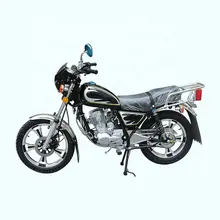


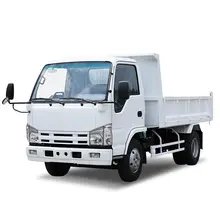


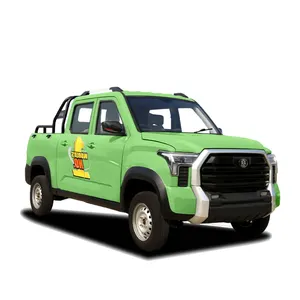

















 浙公网安备 33010002000092号
浙公网安备 33010002000092号 浙B2-20120091-4
浙B2-20120091-4